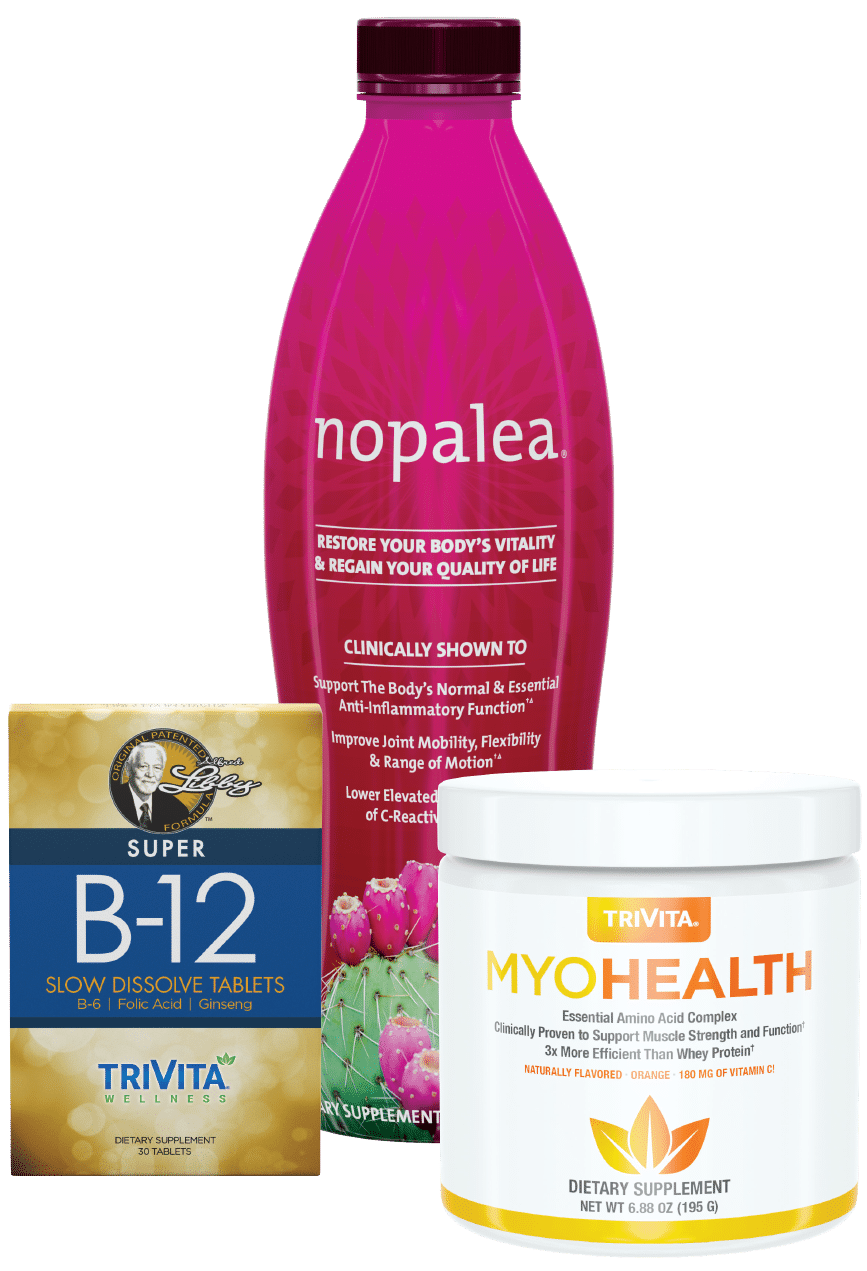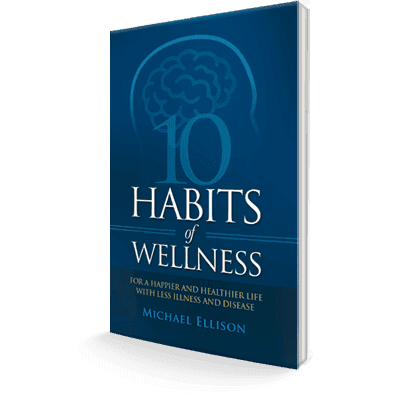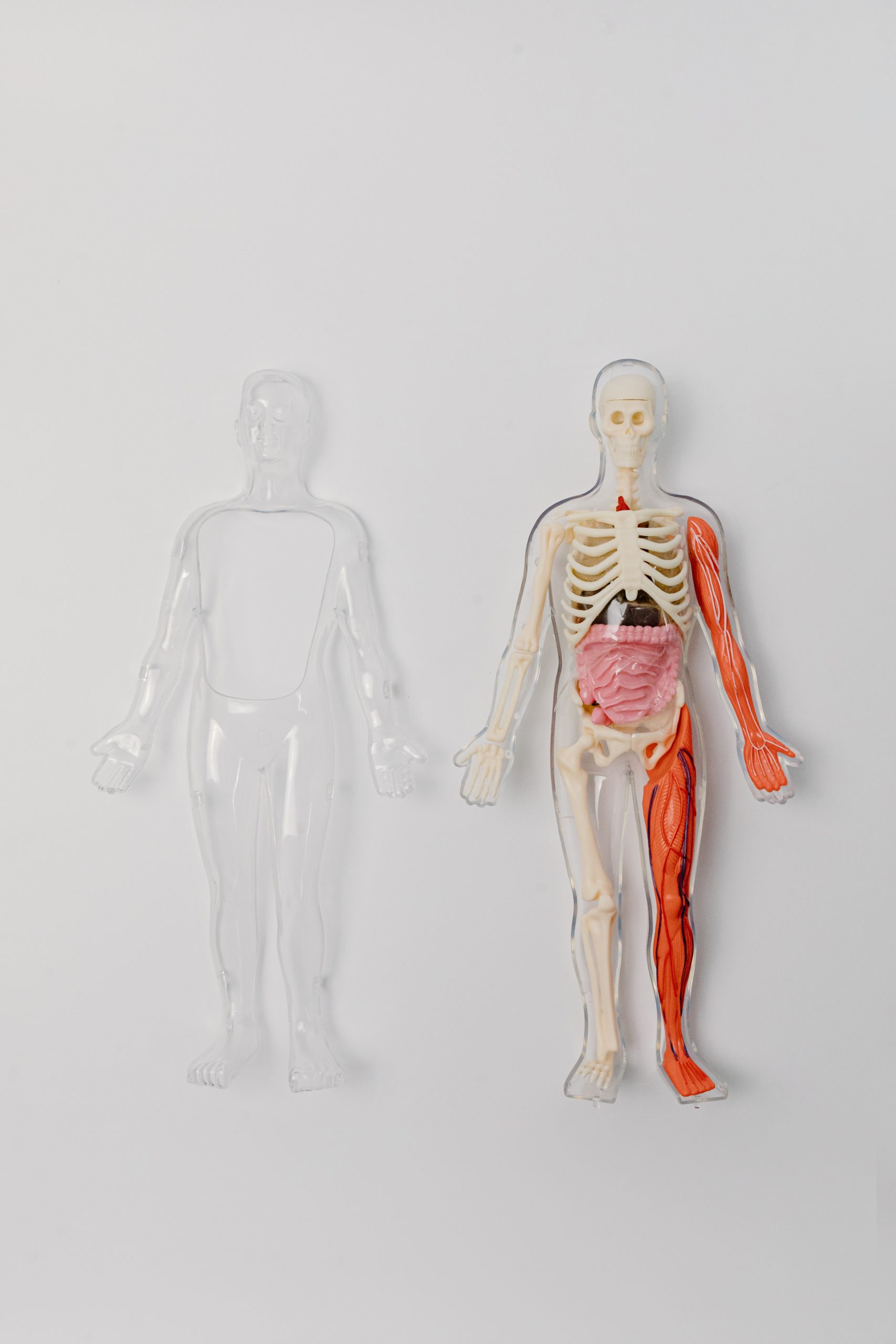Inflammation is directly associated with symptoms such as swelling, pain, heat and limited mobility. Inflammation can affect your quality of life. Reducing your inflammation can alleviate these symptoms.
The Difference Between Range of Motion, Mobility, and Flexibility
Flexibility and mobility are two popular terms that are often used interchangeably. Many people think that if you stretch enough, you’ll maintain your mobility. However, they are different, and flexibility is only part of the equation when it comes to your movement.
Flexibility is a muscle’s ability to stretch when needed. For instance, imagine a rubber band. If you pull it in opposing directions, it should stretch. The same happens with flexible muscles. It’s worth noting that flexibility often refers to muscles, but can also apply to joints, ligaments, and tendons.
Mobility, on the other hand, is the ability of your joints to move through an intended range of motion. Your shoulder, which is a ball-and-socket joint, is designed to move in many directions. With normal mobility, you can move your shoulder side-to-side, forward and backward, as well as in circles. If you can’t move it in all of these ways, there is a lack of mobility in the joint.
Range of motion is simply a measurement of your mobility. It is the amount of movement you have at each joint. The primary determiner of how well your joints move relies on the shape and structure of your bones, how and where they come together, as well as the health of the ligaments and tendons that attach to your bones. Everyone has a unique available range of motion. That being said, you can improve your range of motion through a combination of stretching and strengthening exercises.
Common Factors That Affect Mobility and Flexibility
Injuries: Slips and falls are common, especially as you age. When you experience a physical injury, inflammation kicks in right away to begin repairing the wound and setting the stage for healing. Symptoms of acute inflammation, such as swelling and pain, can limit your mobility. To further complicate this, prolonged mobility impairment can make you more susceptible to physical injury. Click here to read more about preventing and recovering after a fall or injury.
Diseases: Similar to injuries, certain illnesses can prohibit you from moving freely and performing everyday activities. On the surface, if you don’t feel well, lack energy, or have other symptoms associated with a disease or illness, your mobility can be impaired. However, it’s important to note that chronic inflammation plays a part in many conditions. Inflammation brings with it symptoms of its own, such as aches and pains. These sensations can make movement uncomfortable and difficult.
Excess Fat Mass or Skin: Extra fat mass can prevent joints from moving through their full range of motion. This is possible by the fat or muscle physically limiting or blocking its movement. For example, a large amount of abdominal fat can limit the hips range of motion and prevent you from pulling your knee into your ribs.

Restore Your Body’s Vitality and Get Moving!
Don’t let stiff joints and limited mobility hold you back. Your lifestyle is a major contributing factor to your overall health as well as your mobility, flexibility, and range of motion. Here are a few things to keep in mind if you want to improve your movement.
- Reduce Inflammation
As explained above, inflammation can limit your ability to move with ease and comfort. There are many reasons your body could be inflamed, so it’s important to focus on your lifestyle as a whole
- Stretch Before and After You Exercise
Before you exercise or are going to be physically active, it’s important to perform dynamic stretches, such as arm circles or pulling your knees into your chest. These types of stretches help warm up your muscles and prevent strains or other injuries during exercise. Afterward, when your muscles are already warm, static stretches can safely be performed. Static stretches are done by holding a stretch for 15 seconds or longer. This type of stretching can significantly improve your flexibility and range of motion.
- Focus on Strength
What is mobility without strength? Muscle mass naturally decreases with age, but strength training can help. Strength training will not only help you improve your overall mobility, and it has other great benefits too
- Listen to Your Body
This might be the most important takeaway. Pushing yourself too far, over-exercising and not allowing enough time for recovery are all great ways to guarantee an injury. If you’re new to exercise or have issues with mobility, talk to a personal trainer or physical therapist first and start slow. Jumping into activity or forcing yourself to touch your toes will only set you back.











